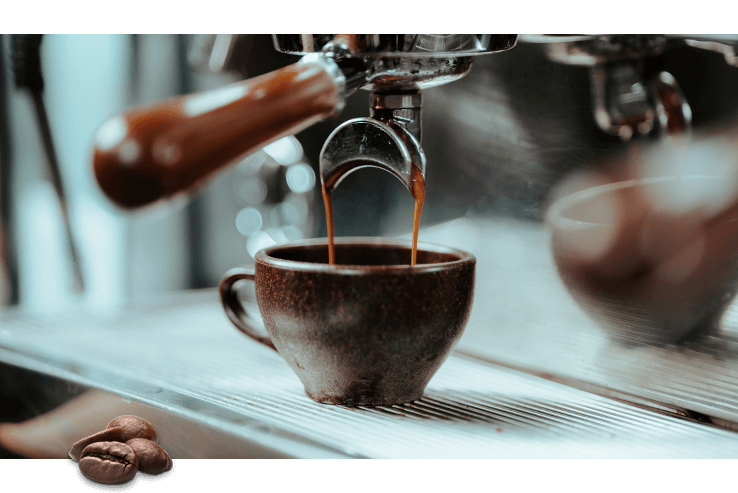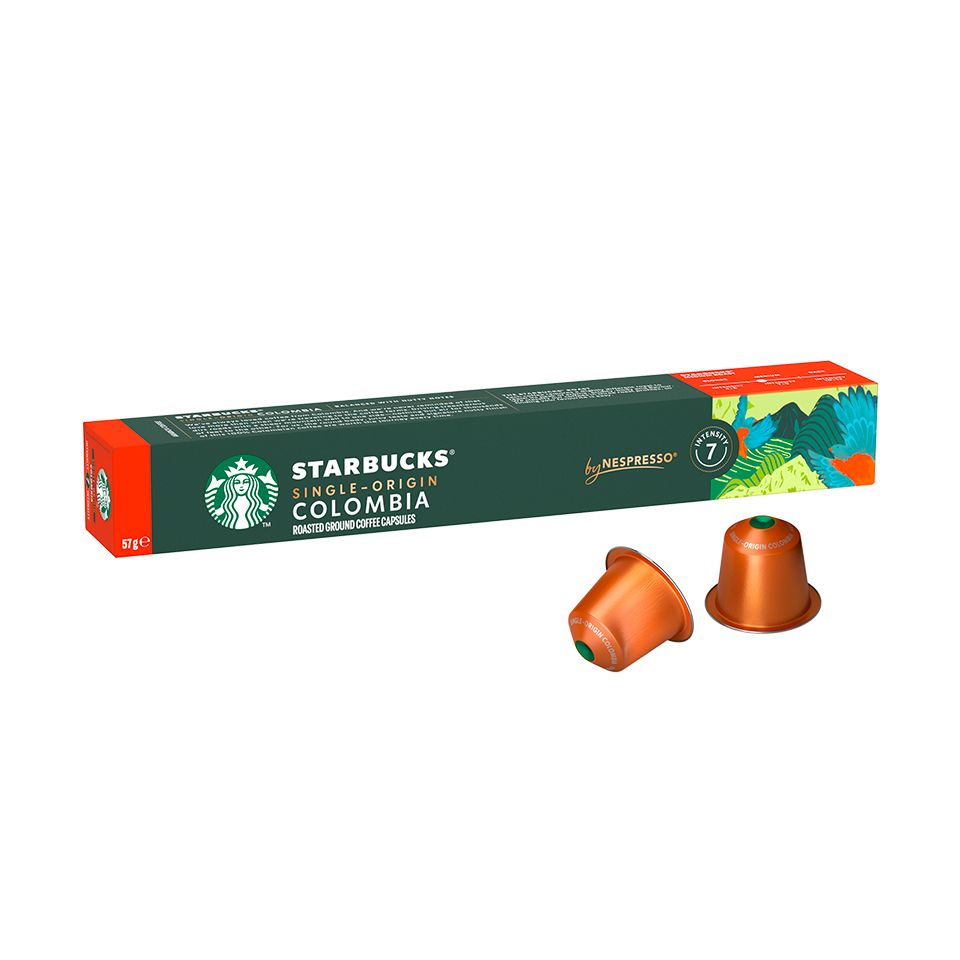Top Coffee Shops Serving SOE Single Origin Espresso Near You
Wiki Article
Exploring the Abundant Tastes of Coffee Beans: a Deep Study Coffee and Blended Coffee Beans
When you check out the rich flavors of coffee beans, you discover a complex world where each range brings its own character to your mug. As you browse with the art of espresso and the creative thinking behind combined coffees, you'll start to appreciate the subtleties that make each sip one-of-a-kind.The Beginnings of Coffee Beans: Checking Out Terroir and Taste Profiles
When you take a sip of coffee, you're not just enjoying a beverage; you're experiencing a rich tapestry of tastes shaped by the beans' beginnings. Each region generates distinct taste profiles influenced by climate, soil, and altitude. Beans from Ethiopia commonly rupture with brilliant, fruity notes, while those from Colombia tend to use a well balanced, nutty sweet taste.As you discover different origins, you'll see exactly how terroir-- the ecological factors impacting a plant-- plays an important duty - Single Origin Espresso. The exact same coffee variety can taste dramatically different relying on where it's expanded
When you consider these aspects, you start to value the complexity behind your cup. Each sip informs a story of the land and the farmers that nurtured the beans. Following time you indulge, believe concerning the trip your coffee took before it reached your hands, and appreciate those detailed flavors that show its beginning.
Recognizing Coffee: The Art and Scientific Research Behind the Mixture
When you think of espresso, it's not practically the strong flavor; it's also about the techniques that bring it to life. Understanding just how various prep work techniques impact taste can change your developing experience. Allow's check out the intricacies of coffee prep work and uncover the unique flavor profiles that make each mug unique.Espresso Preparation Strategies
Coffee preparation is both an art and a science, incorporating exact methods with a deep understanding of coffee. To start, you'll intend to select high-quality, fresh baked beans and grind them carefully for excellent removal (Single Origin Espresso). The grind size is important; as well coarse, and your espresso will be weak, as well fine, and it'll be bitterThe result should be an abundant, velvety coffee with an attractive layer of crema on top. With technique, you'll grasp these strategies.
Flavor Profiles Described
The world of coffee supplies an abundant tapestry of taste profiles that can raise your coffee experience. You'll discover an equilibrium of bitterness, sweetness, and acidity when you take that first sip. Each coffee bean brings one-of-a-kind notes, from flower and fruity to nutty and chocolaty. Light roasts typically display brilliant level of acidity and dynamic tastes, while dark roasts existing deeper, bolder tones.Comprehending these accounts assists you pick the appropriate coffee for your taste. Trying out different blends can reveal unexpected combinations. A well-crafted blend may integrate the bright notes of an Ethiopian bean with the abundant, chocolatey touches of a Brazilian bean. Accept the journey of discovering espresso's diverse tastes, and you'll transform your coffee ritual right into an amazing journey.
Handling Approaches: Exactly How They Impact Flavor and Aroma
While it may appear that the origin of coffee beans is the most considerable consider identifying their taste and fragrance, the processing techniques made use of post-harvest play an equally vital function. You'll find that these approaches can considerably change the last taste account of your cup.For circumstances, the washed process removes the fruit from the beans before fermentation, frequently bring about a cleaner, brighter flavor. The all-natural process leaves the fruit intact throughout drying, resulting in a sweeter, fruitier profile.
Various other techniques, like honey handling, strike an equilibrium, permitting some fruit mucilage to continue to be, providing a special complexity.
Each handling method connects with the beans' integral attributes, boosting or silencing certain flavors and scents. So, when you sip that coffee or mixed coffee, remember that the trip from cherry to cup is affected not just by beginning however likewise by how those beans were refined.
Toasting Methods: Opening the Full Potential of Coffee Beans
Roasting strategies are necessary for revealing the complete potential of coffee beans, as they change raw, eco-friendly beans into the fragrant, delicious coffee you delight in. The option of roasting approach-- light, tool, or dark-- substantially affects taste accounts. Light roasts maintain the beans' natural level of acidity and fruity notes, while tool roasts balance sweet taste and richness. Dark roasts, on the other hand, highlight bold, great smoky flavors.You can explore roasting temperatures and times visit the site to locate your ideal brew. A slower roast at lower temperature levels enables for complex flavors to establish, while a quicker roast can increase resentment. Take note of the fractures during roasting; the very first fracture shows a light roast, while the second fracture signals a dark roast. By mastering these methods, you'll expose a world of taste, raising your coffee experience to new elevations. Appreciate every sip, understanding the treatment that entered into your cup!
The Magic of Blended Coffee: Creating Distinct Flavor Experiences
Developing an unique taste experience with combined coffee can change your morning routine into an expedition of taste. By incorporating different beans from numerous regions, you can disclose a symphony of tastes that raise your cup to brand-new heights. Each mix offers a distinctive profile, balancing body, level of acidity, and sweetness to produce something absolutely unique.When you pick a mix, you're not simply choosing a coffee; you're selecting a journey throughout diverse landscapes and cultures. Explore various mixes permits you to uncover your individual favorites, whether you enjoy fruity notes or abundant, chocolatey touches.

Sampling Notes: Identifying the Nuances in Your Cup
As you sip your coffee, you could notice a spectrum of tastes dancing on your look at this website taste, each revealing the details of the beans. You may taste the brilliant level of acidity similar to citrus or the deep, abundant notes similar to dark delicious chocolate. The sweetness can evoke honey or sugar, balancing the overall profile perfectly.Pay focus to the body of the coffee-- does it feel airy and light, or is it complete and velvety? The surface, too, supplies clues; a sticking around aftertaste may hint at nuttiness or flower touches.

Do not fail to remember to check out the special qualities of different origins, as each area presents distinct tastes - Single Origin Espresso. Ethiopian coffees frequently present fruity notes, while Colombian beans could display a much more rounded sweetness. By recognizing these subtleties, you'll strengthen your gratitude for each mug, raising your coffee experience to new elevations

Brewing Techniques: Taking Full Advantage Of Flavor Extraction for every single Bean
When you discover the different brewing techniques, you'll find that each technique can significantly impact the taste account of your coffee. From French press to pour-over, each technique essences various substances, enhancing or muting particular notes. Making use of a French press permits oils to continue to be in the mixture, creating a richer taste, while pour-over highlights clarity and brightness.Temperature and grind dimension additionally play important roles. A coarser grind works best for cool mixtures, while a great work is suitable for espresso. Trying out water temperature-- between 195 ° F and 205 ° F-- can disclose surprise tastes, too.
Don't ignore steeping time; a quick extraction can lead to sour notes, while over-extraction may generate anger. By changing these variables, you can make best use of taste extraction and truly boost your coffee experience. Delight in the trip of finding what approach finest suits your taste!
Often Asked Questions
What Is the Suitable Water Temperature Level for Brewing Coffee?
The optimal water temperature for developing coffee's in between 195 ° F and 205 ° F. If you utilize water that's also warm, you'll visit the website over-extract flavors; as well cool, and you won't remove sufficient. Go for that wonderful spot for the best mixture!Just How Does Work Dimension Impact Coffee Taste?
Grind size significantly influences coffee flavor. Better grinds extract extra oils and flavors, leading to a bolder preference, while coarser grinds yield a lighter taste. Adjusting work dimension assists you attain your preferred coffee profile.Exist Wellness Perks Associated With Drinking Coffee?

What Is the Difference In Between Arabica and Robusta Beans?
Arabica beans are smoother and sweeter, usually including fruity tastes, while robusta beans are more powerful with a bitter taste and higher caffeine web content. You'll see these distinctions in scent and brewing experience.Exactly How Can I Shop Coffee Beans for Quality?
To save coffee beans for quality, maintain them in an airtight container, away from light, wetness, and warmth. You'll preserve their taste much longer if you only grind what you need right before brewing.Exploring the Abundant Tastes of Coffee Beans: a Deep Dive Into Espresso and Blended Coffee Beans.
When you explore the rich flavors of coffee beans, you discover an intricate globe where each range brings its very own personality to your cup.When you take a sip of coffee, you're not just delighting in a drink; you're experiencing an abundant tapestry of flavors formed by the beans' origins.Roasting techniques are important for revealing the complete potential of coffee beans, as they change raw, eco-friendly beans into the aromatic, flavorful coffee you appreciate.As you drink your coffee, you may notice a range of tastes dancing on your palate, each disclosing the ins and outs of the beans.
Report this wiki page